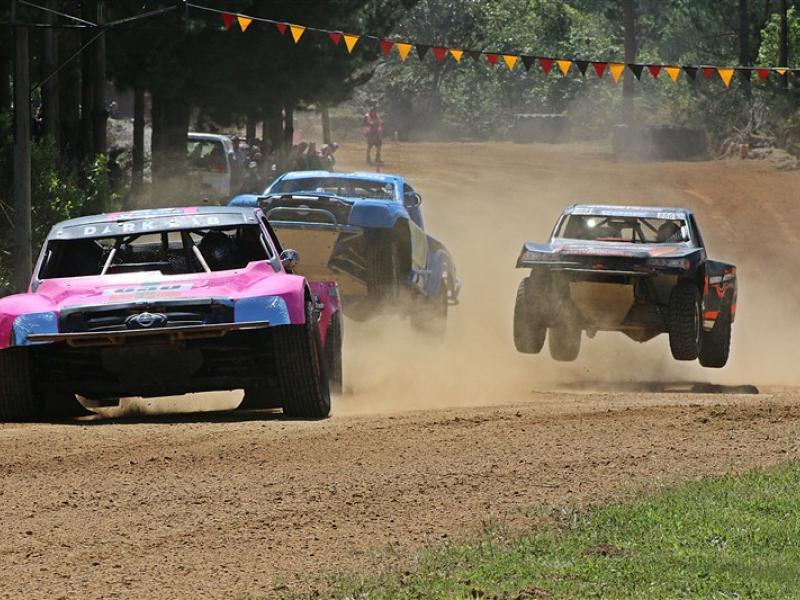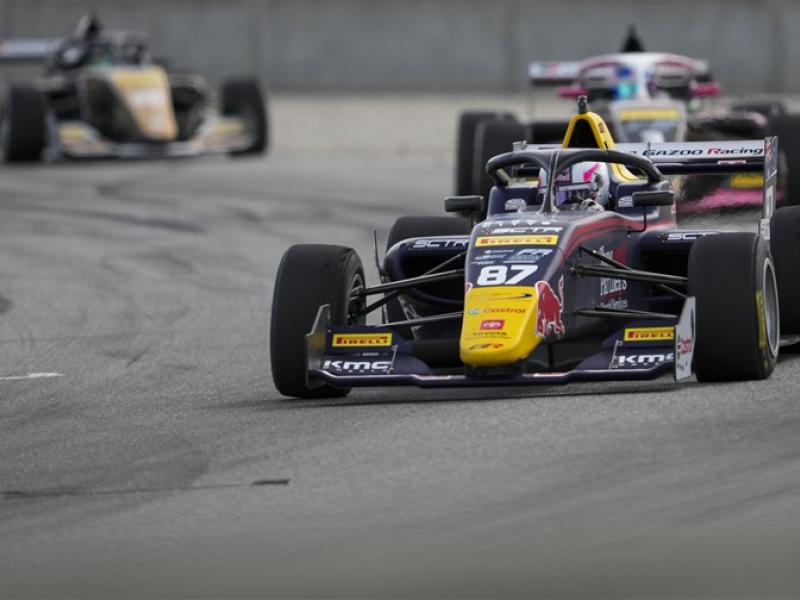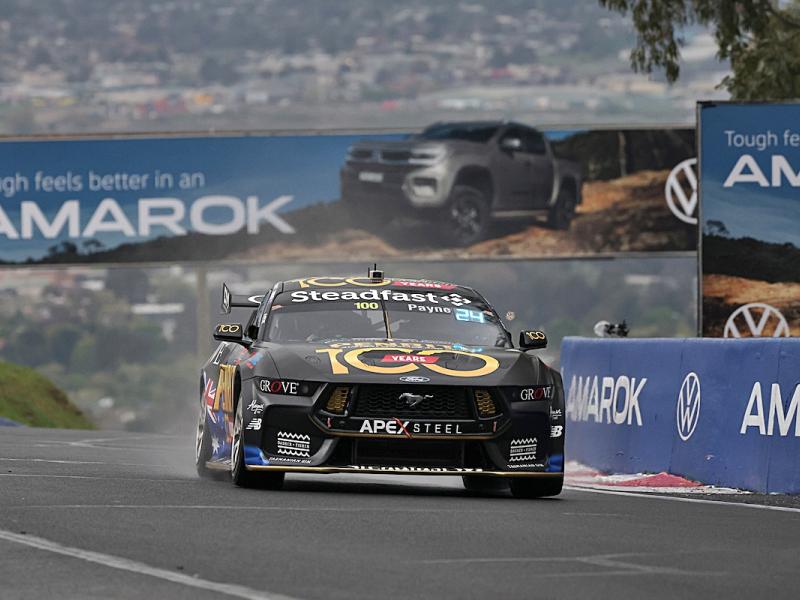| A conspicuous entry at the Waipiata ute muster was this pink 4wd Ford Falcon. I’d heard of these and seen the odd photo but never seen a real one. Were they real or just a good story? Here was the proof. I was very surprised to find one in NZ – and there appears to also be a white one. Their description always held the word ‘Factory’. They were certainly Ford assembled but the actual conversion was developed and the componentry made by ShuteUpton Engineering (still in business making gears and winches) in Brisbane. Apparently Ford made funds available to their branches for enhancing the product. Someone, with encouragement from a state electricity outfit, suggested they put a driven front axle under the current Ford XY ute of 1971. Part of the rationale was that, as the Ford 250 c.i. (4 ltr) in-line sixes were used in CJ-5 Jeeps, then the Jeep driveline may fit the ute. It did, sort of… XY Falcons had leaf springs at the rear and IFS coils and wishbones at the front, not very 4WD compatible in 1971. Also the Falcon did not have a full chassis to bolt things to so it was a fairly major undertaking. The conversion involved removing all of the front suspension and installing a Dana-Spicer live front axle on leaf springs. This necessitated a new front subframe, some steering mods, a Panhard rod and a body lift. A Spicer two-speed transfer case was mated to the original three-speed column change transmission using existing adapters made for the Jeep. This also required a purpose built crossmember. The motor had to be raised at the front to clear the new axle housing so its front mounts were also modified. This put the motor at a steeper angle so required an adaptor to realign the carby. The original test front axle failed early during trials on a purpose-built 4WD course so a stronger version was fitted to production units. Free-wheel-hubs and 16” wheels were standard. Substantial braces were added under the bonnet to lock the suspension towers to the firewall, although they now supported only the telescopic shock absorbers that were extended to reach the axle. The floor was strengthened by welding two floor pans together. Apart from that the body and interior was mostly stock. Apparently the A and B pillars were not quite robust enough for off-roading and could eventually give problems. A full chassis would have avoided that and possibly made a better conversion but was obviously outside the budget. Similar conversions were done privately to wagon bodies though not factory sanctioned. Various opinions are aired about these utes. Some say they went well, others that they were dogs. Often compared with their main competitor - the Land Rover of the day, this being before Land Cruiser appeared in any quantity - comparisons swung both ways as to which was best. Some said the Falcon went like crazy but handled like a dog with heavy steering and the turning circle of a bus. Land Rovers need plenty of room for a U-turn too. Another reckoned that at the start of the day everyone ran to get to the Landrover first so they didn’t have to take a Ford. Others thought the Fords were wonderful and they’d certainly have a much better power to weight ratio and a bigger wellside than the Landie. Those for the main order are said to have had power winches in a heavy duty front bumper. Were they ShuteUpton product also, I wonder? Anyone know? So they were a mixed bag. Its also claimed that they were so unsuccessful that some departments of the electricity outfit didn’t want them so they were instead sold off the showroom floor to anyone with the bucks to buy them. Others say none were sold privately. Neither of the NZ units seem to have any sign of winch fittings or non-standard bumpers and look quite domestic. I do recall seeing a magazine photo years ago of one sporting a typical forward-leaning white ‘roo bar with a winch. |
The ute at the Muster sported a magnificent pink paint job that suited it perfectly and really attracted attention. Inside it was very tidy and the engine room was also mint. Plenty of spare room around the motor, typical of the day unlike modern vehicles with busy engine rooms and poor access. A look underneath caused disappointment - lots of black paint, some of it covering up sins. The conversion is quite agricultural in places. A Panhard rod bracket looks as though it was cut from a wreckers yard and welded crudely in place, a handbrake link looks like a bit of bent number eight. I even began to doubt its ‘factory’ status but changed that opinion later. The conversion seems to pass the test of time.
|






